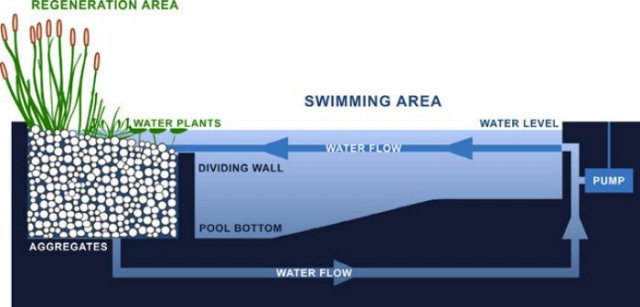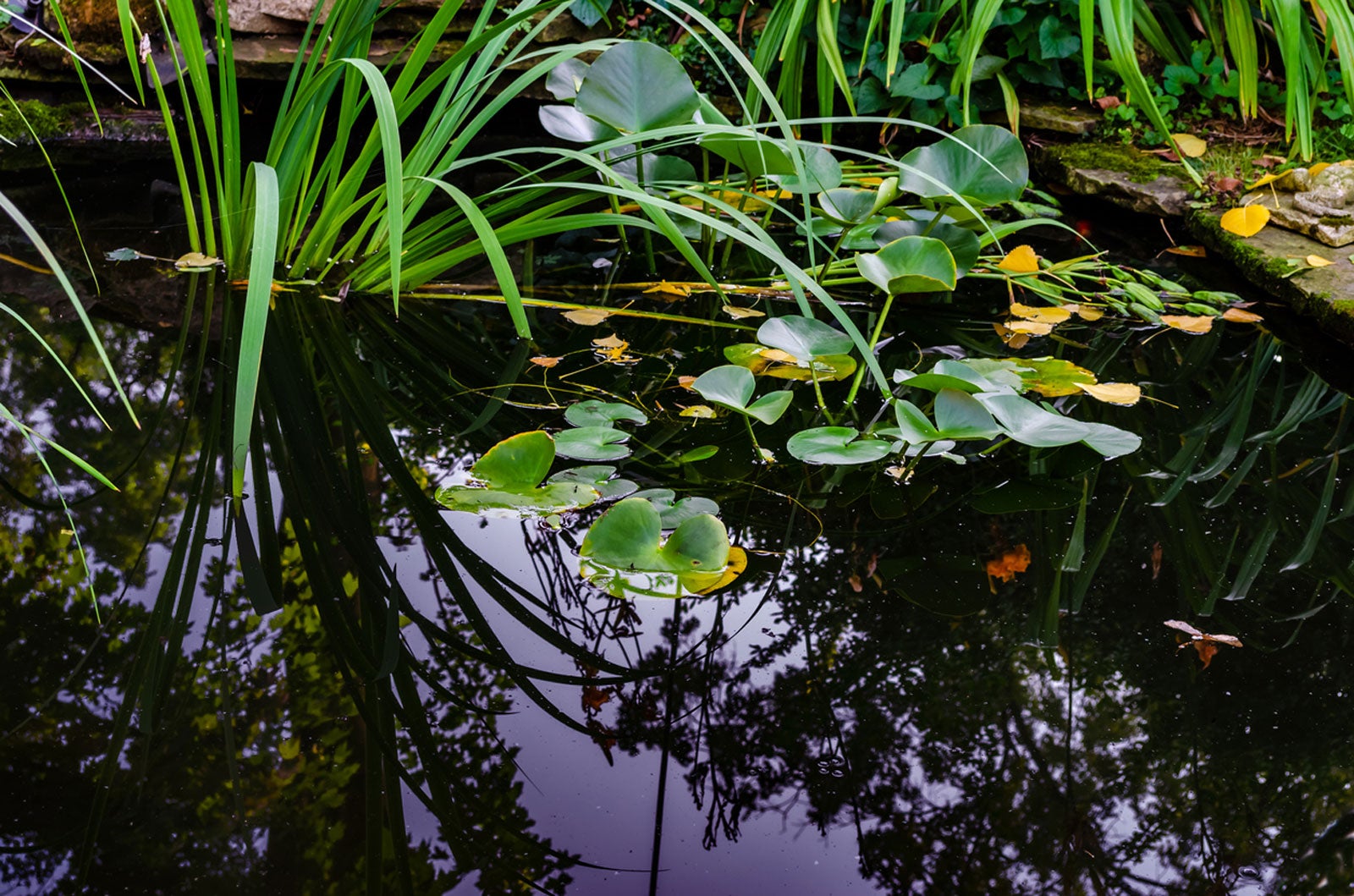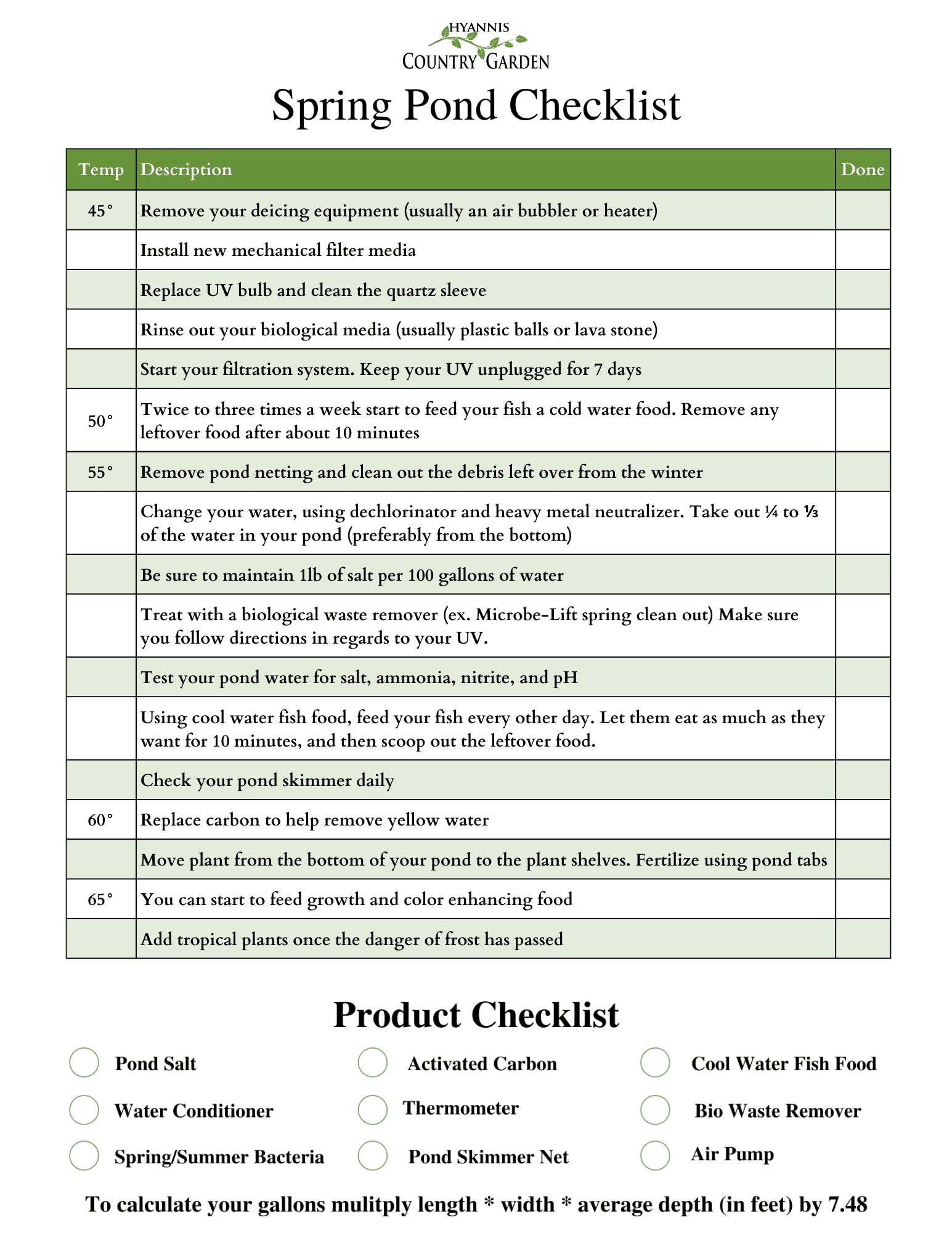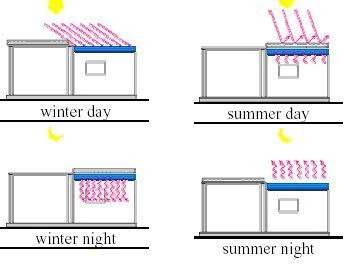Creating a swim pond that remains comfortably warm without relying on energy-intensive heating systems is a practical goal for eco-conscious pond owners. Passive solar heating allows you to extend your swim season while minimizing environmental impact and reducing energy costs. This guide will provide you with essential strategies for utilizing solar power to warm your pond naturally, emphasizing practical tips on design, maintenance, and retrofitting. We will explore how passive solar techniques operate, which design features facilitate this heating, and the benefits you can expect both environmentally and financially.
Passive solar heating leverages the sun’s energy to warm your pond and, with effective strategies, can raise water temperatures by 10-20 degrees Fahrenheit. Efficient design not only maximizes sunlight absorption but also integrates features that help retain heat while keeping your pond vibrant. In addition to enhancing your swimming experience, these methods can be cost-effective in the long run, as they significantly lower the energy expenses associated with conventional heating methods.
Let’s explore how you can harness solar power to create a natural oasis in your swim pond, regardless of the season!
Understanding Natural Heating in Your Swim Pond
To make the most of passive solar heating, it’s vital to grasp its core principles. This technique relies on the design and features of your pond to capture and retain heat from sunlight. Unlike conventional heating methods that consume electricity or gas, passive solar techniques utilize readily available natural resources.
By strategically positioning your pond, using appropriate materials, and incorporating vegetation, you can create an ecosystem that maintains warm water temperatures. Research indicates that passive solar heating can keep pond temperatures between 20°C and 26°C (68°F to 79°F), ensuring comfortable swimming conditions even during transitional seasons. This approach not only conserves resources but also positively impacts local ecosystems, promoting biodiversity and sustainability within your environment.
Image of the infographic outlining passive solar heating principles:
An illustrated infographic demonstrating the principles of passive solar heating applied in swim ponds. (Source: Pinterest)
Designing Your Swim Pond for Maximum Sun Exposure
As you set out to construct your swim pond, consider its layout, dimensions, and orientation to ensure optimal solar energy gain. A well-designed pond should encompass a swimming area that constitutes 50-70% of the total surface area, providing ample space for filtration and natural plant growth.
Aim for a minimum surface area of 50-80 square meters (538-861 square feet) and a depth ranging from 1 to 2 meters. Deeper areas can protect aquatic life during colder months, while shallower zones are beneficial for heat absorption.
Additionally, position your pond to face the morning sun while minimizing exposure to the harsher afternoon heat. These design considerations will help maximize your pond’s passive solar heating capabilities.
Image of a well-designed swim pond layout:

A detailed diagram of a well-designed swim pond layout showcasing various sections for optimal sunlight exposure. (Source: EcoHome)
Incorporating Passive Solar Heating Features
With a solid foundation laid for your swim pond, the next step is integrating features that maximize passive solar heating. Utilize shallow areas as heat collectors to absorb sunlight effectively.
Incorporating thermal mass—such as rock beds—can help stabilize temperature fluctuations. These rocks capture heat during sunny days and release it slowly at night, maintaining a comfortable swimming temperature.
When selecting plants, choose varieties that enhance both the beauty and functionality of your pond. A mix of deeper water, floating, submergent, and marginal plants will provide partial shading covering about 20-30% of the pond surface. This combination not only helps retain warmth but also creates an aesthetically pleasing environment.
Image of plants and thermal mass elements used in ponds:

A photo depicting various aquatic plants and thermal mass elements integrated into a swim pond to enhance heat retention. (Source: Future Publishing)
Effective Techniques for Game-like Heat Retention
To keep your swim pond enjoyable even during cooler months, consider innovative techniques that enhance heat retention. One effective method is implementing dark-colored liners that absorb sunlight more effectively than lighter alternatives. Research suggests that utilizing black or dark blue liners can raise water temperature by 2-4°F (1.1-2.2°C).
Installing low-energy circulation pumps can also assist in thermal regulation by moving water efficiently through your pond. These systems promote consistent temperature distribution by ensuring that warmer water rises while cooler water sinks. Exploring the option of automated pool covers that deploy at night can help prevent heat loss, ensuring your pond retains warmth long after the sun sets.
Image comparing standard liners versus dark-colored liners:

An image comparing standard pond liners and dark-colored liners used in ponds for better heat absorption. (Source: Nualgi Ponds)
Learning from Successful Passive Solar Swim Ponds
Real-world examples of successful passive solar swim ponds can provide insight and inspiration for your own projects. The Baggeridge Natural Swimming Pool in the UK offers a case study demonstrating how passive solar heating techniques can maintain pond temperatures consistently between 20-26°C. Additionally, the Woodhouse Natural Swimming Pool is designed with effective depth variations that store cooler water while still enabling comfortable swimming conditions.
These projects illustrate the importance of thoughtful design and implementation of passive solar strategies. Other examples, such as Ontario’s BioNova pool, showcase creative approaches incorporating submerged walls and shallow water zones that not only enhance thermal efficiency but also enrich the natural surroundings.
Image of a natural swimming pond case study:

A case study highlighting a well-designed natural swimming pool, illustrating the successful implementation of passive solar features. (Source: Dwell)
Ensuring the Long-Term Success of Your Eco-Friendly Swim Pond
To maintain your passive solar swim pond’s efficiency and longevity, consistent maintenance is essential. Begin by regularly monitoring water quality parameters such as pH levels, dissolved oxygen, and nutrient content, ideally on a monthly basis during the swimming season.
Routine maintenance tasks, including pruning aquatic plants, are vital for supporting a balanced ecosystem. Removal of organic debris helps mitigate nutrient accumulation that can lead to algae blooms—an issue that detracts from your pond’s appearance and usability.
Engaging in sediment removal every few years will also improve water quality and temperature regulation.
Image of a pond maintenance checklist:

A graphic representation of a checklist for ongoing pond maintenance tasks essential for a sustainable ecosystem. (Source: Hyannis Country Garden)
Retrofitting Existing Swim Ponds with Passive Solar Features
For those who already have a swim pond, retrofitting it with passive solar heating features can enhance its performance without extensive structural changes. A simple yet effective solution involves adding floating solar blankets, which can raise water temperature by 5-10°F (2.8-5.6°C) by covering a significant portion of the pond’s surface.
Consider utilizing passive solar coils made from black polyethylene tubing to circulate water efficiently through the sun’s warmth, or add dark stones around the pond’s perimeter for improved thermal absorption.
These retrofitting options can boost temperature retention and extend your swimming season without requiring complex renovations or high costs.
Image illustrating a retrofitted swim pond with passive solar heating features:

A diagram illustrating the various steps for retrofitting existing swim ponds with passive solar features. (Source: EcoHome)
Conclusion
Leveraging passive solar heating in your swim pond presents an eco-friendly method to enjoy extended swimming seasons while saving on energy costs. By understanding key design features and implementing innovative techniques, you can warm your pond naturally and sustainably.
Regular maintenance ensures the health of your aquatic ecosystem and optimizes your ability to enjoy the soothing warmth of your swim pond. Whether you begin with a new project or retrofit an existing pond, these principles will enhance your swimming experience and support your commitment to sustainability.
With passive solar methods, you can take pleasure in your swim pond, contributing to a more eco-conscious lifestyle!

